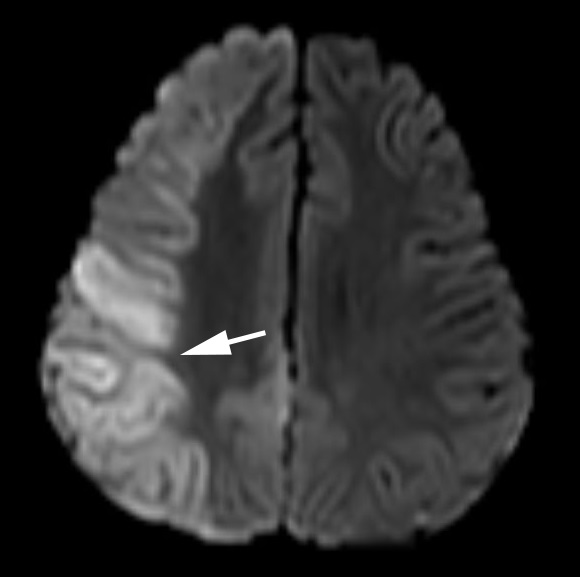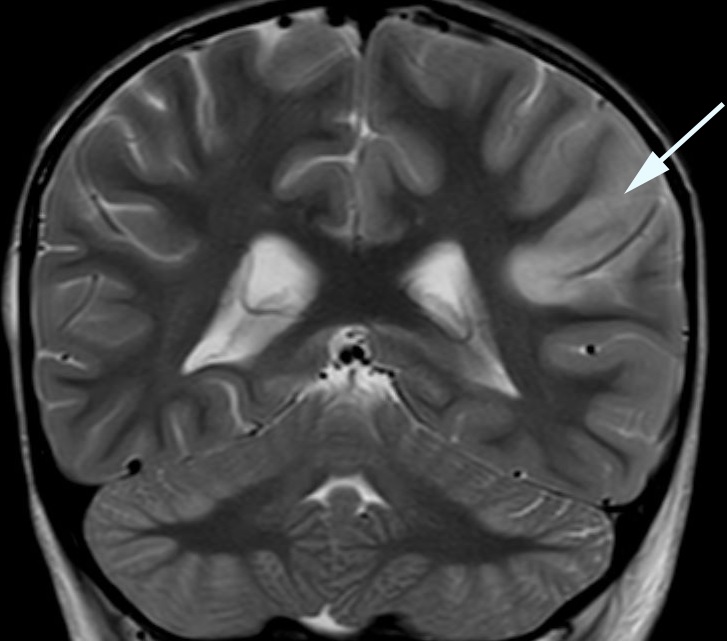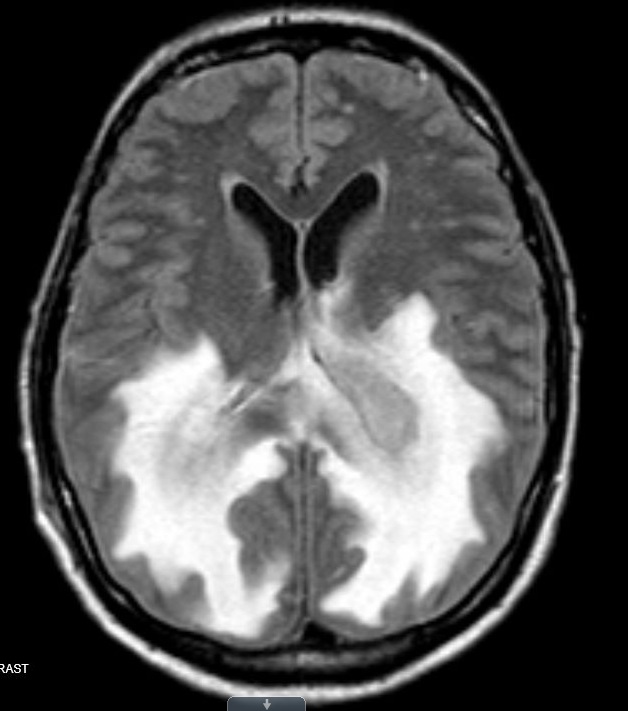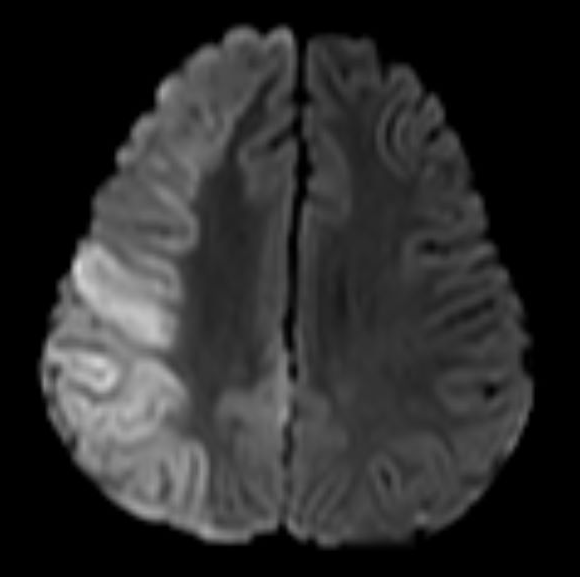Occipito-Parietal Lesions
- Focal unilateral or bilateral damage to vision-related parietal lobe or its connections to visual cortex
- Unilateral parietal lesion causes hemispatial neglect
- Bilateral parietal lesions cause Balint-Holmes syndrome
- Common causes of unilateral lesions: stroke, tumor, hemorrhage, inflammation
- Common causes of bilateral lesions: systemic hypotension, Alzheimer disease
- Visual acuity is preserved
-
Lesion in the right parietal lobe
produces the following abnormalities
- Homonymous hemianopia primarily affecting the left inferior quadrants
-
Left hemispatial neglect
- Patient’s eyes are deviated toward right gaze (“gaze deviation,” “gaze preference”) and cannot execute saccades or pursuit into left gaze, yet the oculocephalic (Doll’s eye) maneuver will carry the eyes into left gaze
- Patient does not see objects in left visual hemispace and does not detect left auditory or tactile stimuli when tested with double simultaneous stimulation (“multimodal extinction”)
- Patient bisects a line segment far to the right and draws all clock hours in right visual hemispace
-
Lesion in the left parietal lobe
produces the following abnormalities
- Homonymous hemianopia primarily affecting the right inferior quadrants
-
Tip: left parietal lobe lesions uncommonly produce right hemispatial neglect
- Lesions in both parietal lobes produce the following abnormalities



- Developmental cognitive retardation
- Delirium
- Dementia
- Psychogenic unresponsiveness
- Poor cooperation
- Impaired communication
-
Lesion in one parietal lobe (hemispatial neglect): look for
- Horizontal gaze deviation and an intact oculocephalic maneuver
- Extinction to double simultaneous stimulation in three modalities: visual, auditory, and tactile
- Ipsilateral shift of line bisection and clock-drawing
-
Lesion in both parietal lobes (Balint-Holmes Syndrome): look for
- Failure to identify the Ishihara control plate number
- Misreaching into visual space
- Inability to interpret pictures
- Impaired pursuit and saccades
- Hemispatial neglect and Balint-Holmes Syndrome cause profound impairment of visual attention, which is more debilitating than homonymous hemianopia
- In stroke, deficits may lessen, but…
- In Alzheimer disease, deficits worsen
-
Tip: widely-prescribed rehabilitative measures that stimulate attention offer limited benefit
